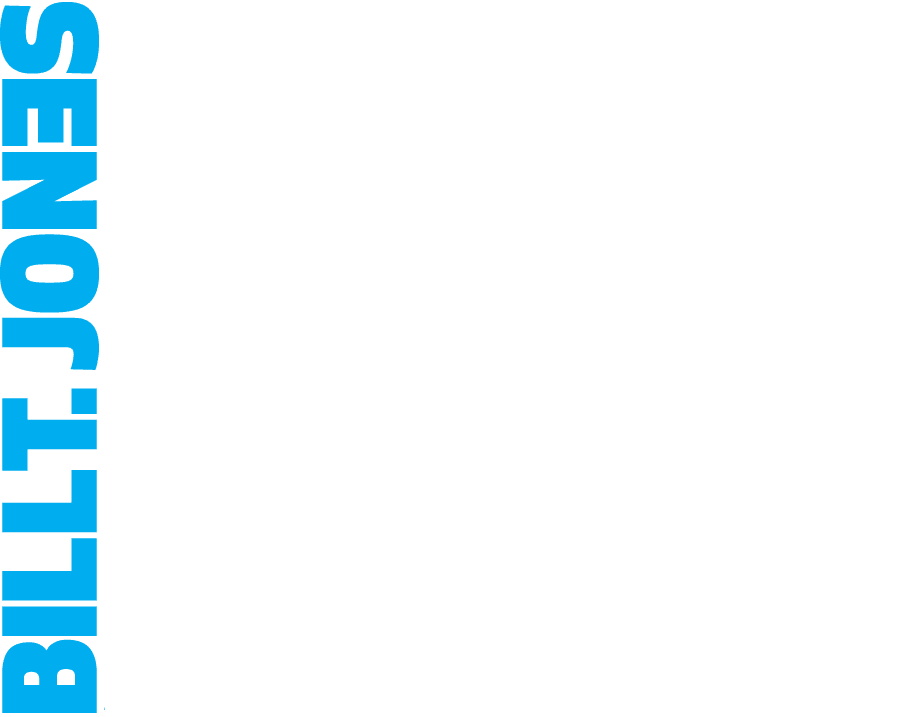Bill T. Jones / Arnie Zane Company
Play and Pay: An Evening of Movement and Music
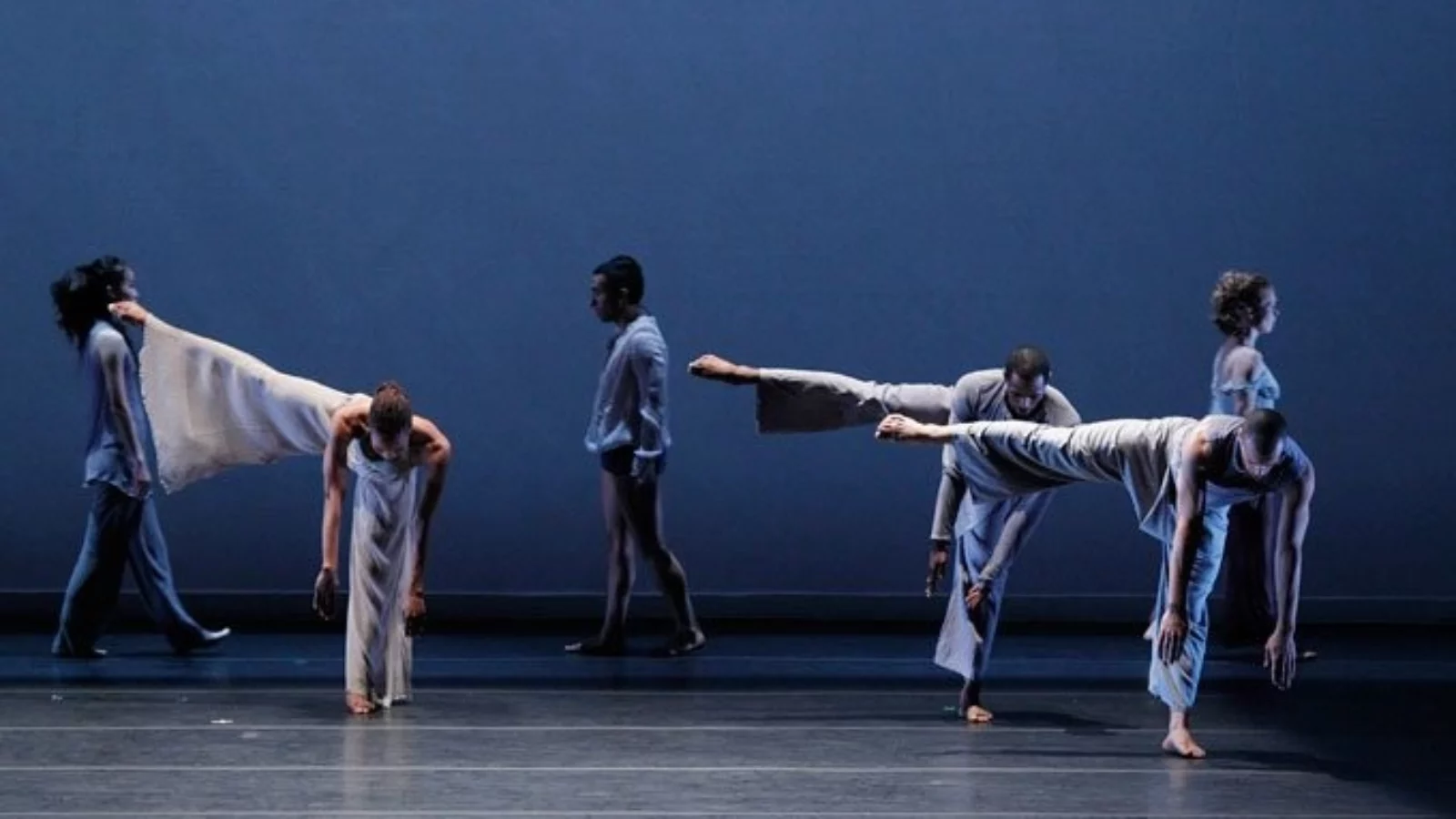
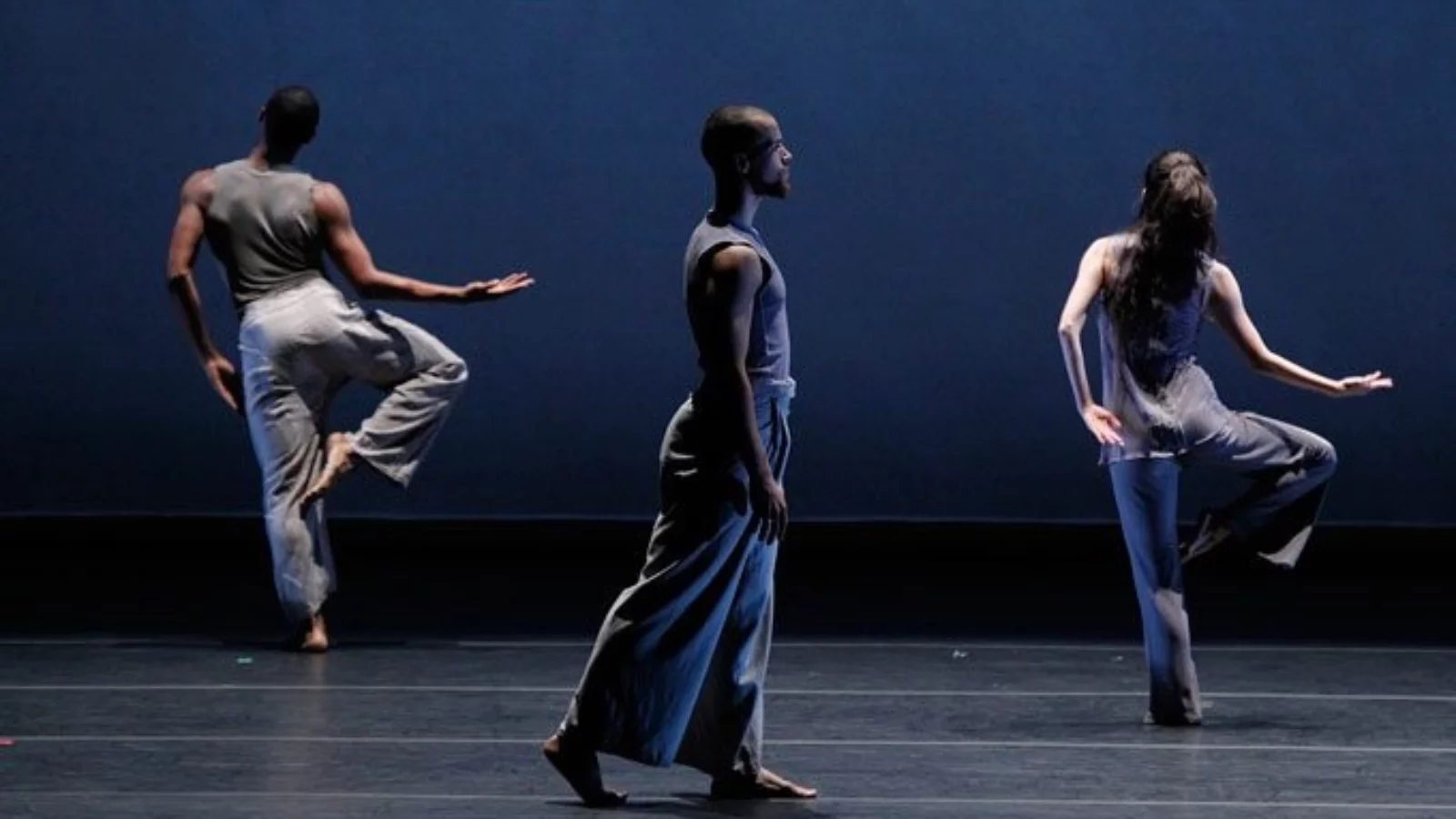
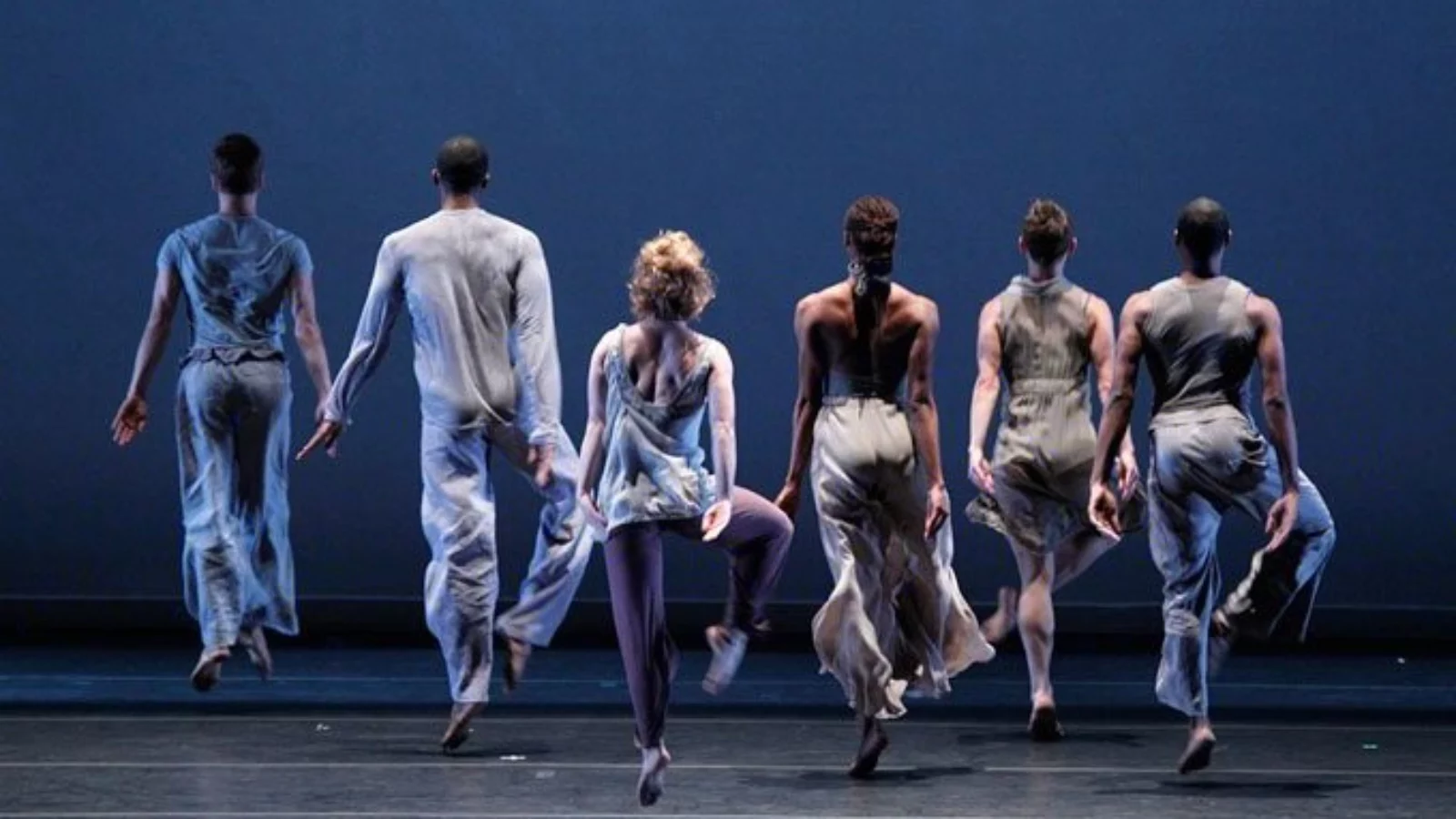
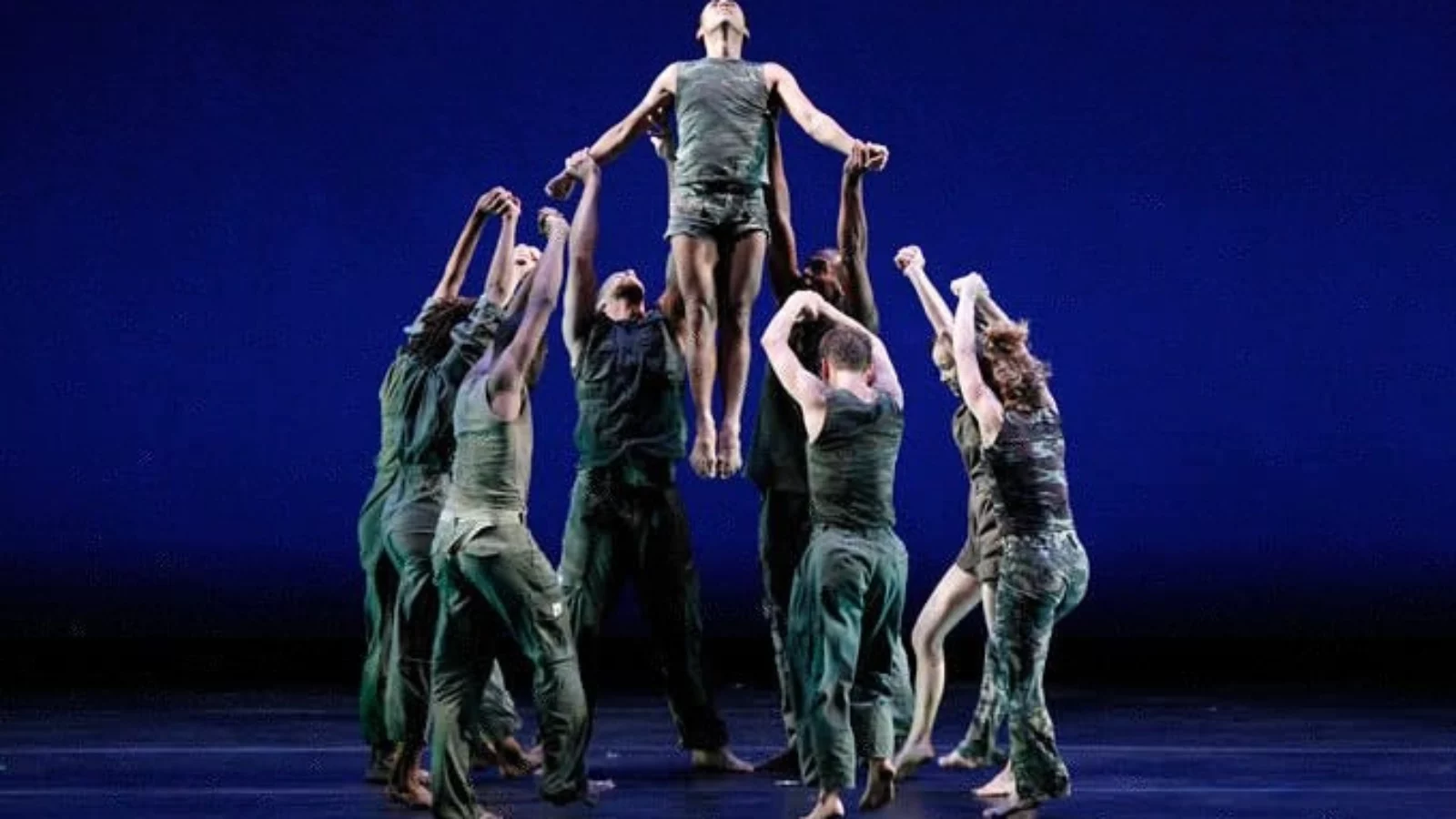
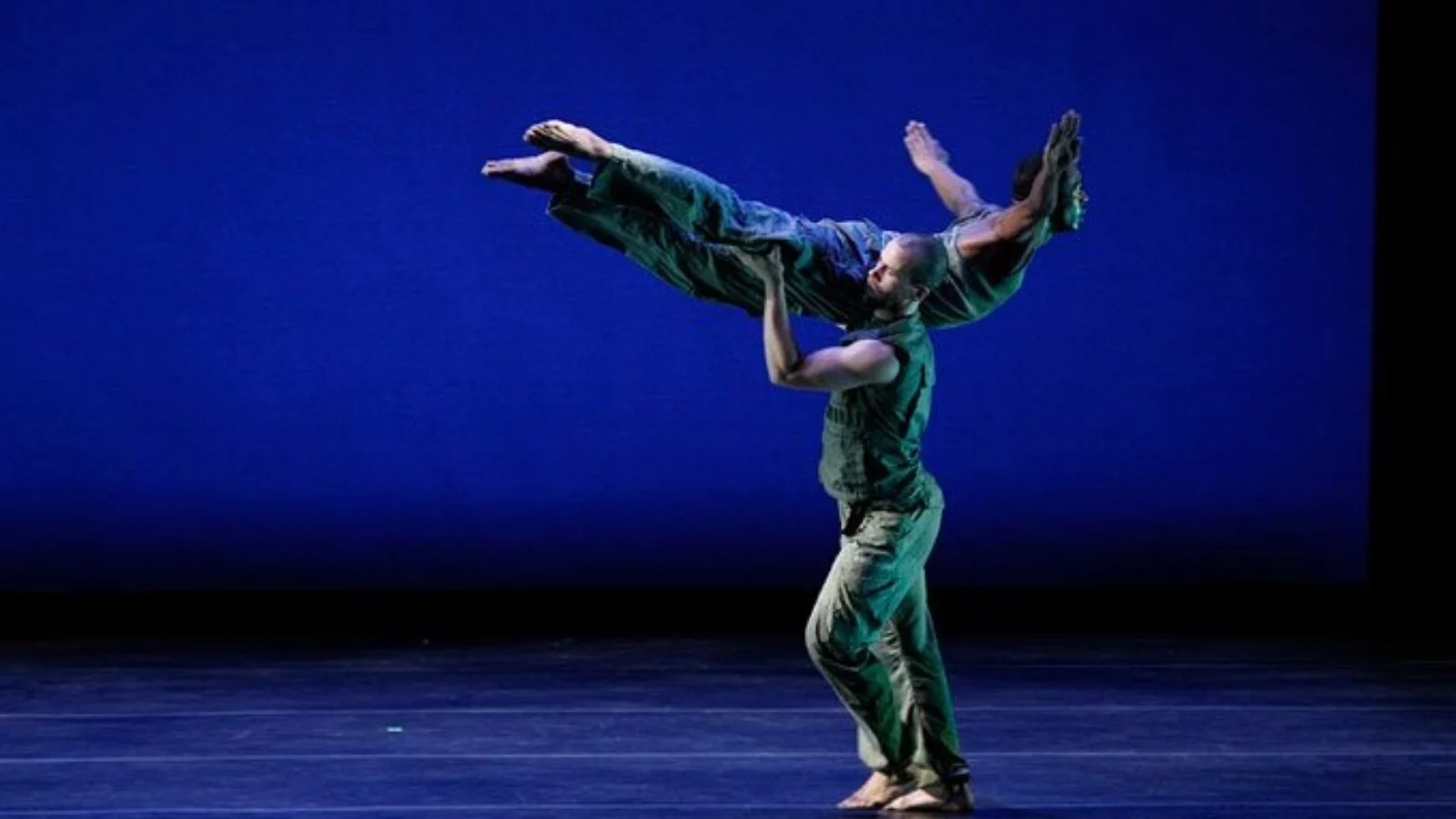
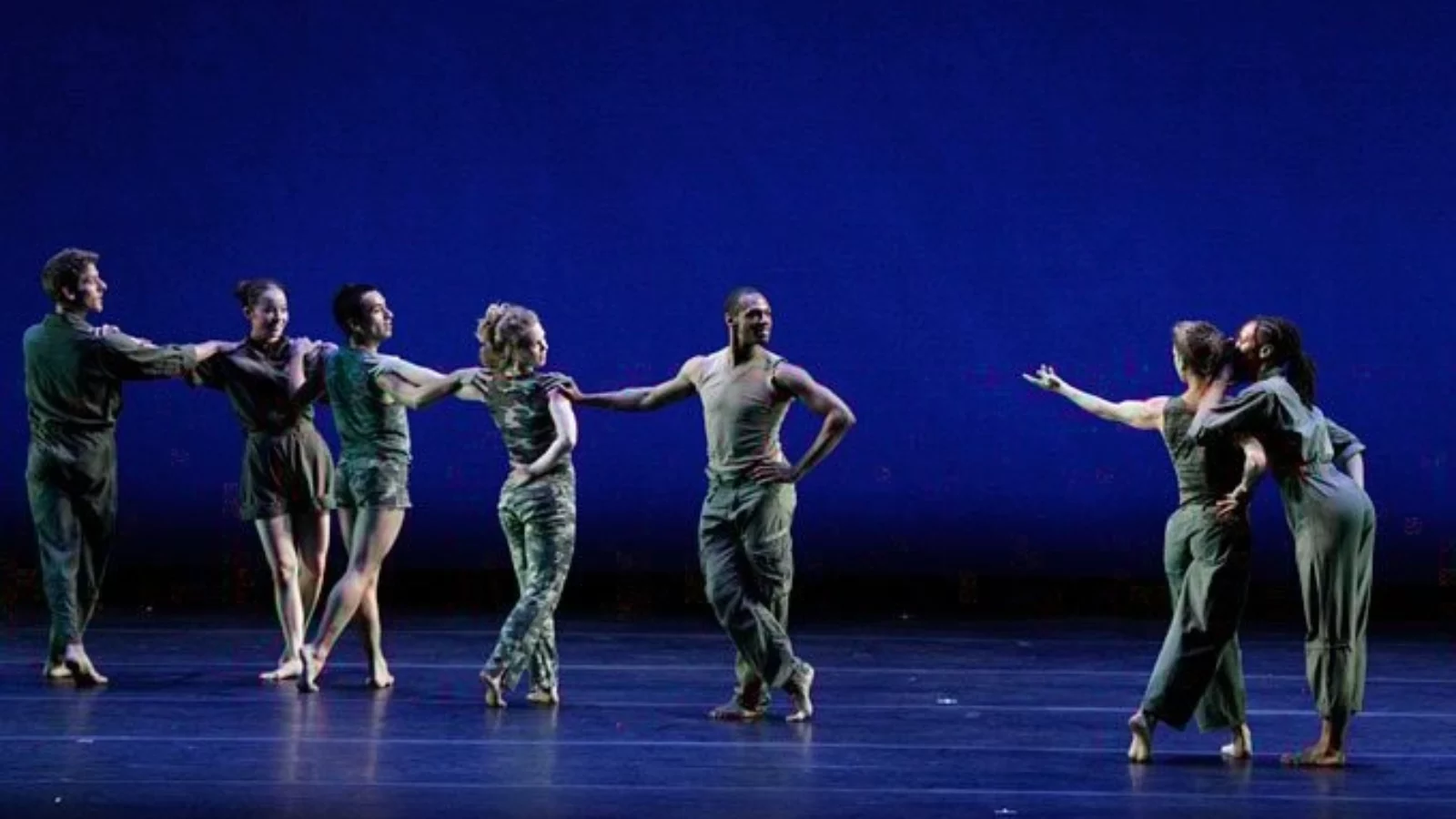
Performed with live musicians*, Play and Play: An Evening of Movement and Music applies Jones’s inventive choreography to some of the most important Western musical works of our time. Featuring compositions by Beethoven, Mendelssohn, Mozart, Ravel or Schubert this program highlights the joy of musicians and dancers working together.
Program A
D-Man in the Waters (1989)
“In a dream you saw a way to survive and you were full of joy.”- Jenny Holzer
Bill T Jones’s joyful tour-de-force, D-Man in the Waters, is a true classic of modern dance and a two time New York Dance and Performance (“Bessie”) Award-winning work. It is a celebration of life and the resiliency of the human spirit that guides audiences through loss, hope and triumph. Set to Mendelssohn’s Octet for Strings. in E-flat Major, Op. 20 the work is one of the finest examples of the post-modern aesthetic and was featured in PBS’s landmark film Dancing in the Light – Six Dances by African-American Choreographers.
Spent Days Out Yonder (2000)
Spent Days Out Yonder is a pure musical exploration, rare in the Bill T. Jones canon, set to the second movement of Mozart’s String Quartet No. 23 in F Major. The movement is firmly rooted in Mr. Jones’s elegant, weighted movement vocabulary, challenging dancers to move with ease, efficiency and physical honesty through the sublime score.
Continuous Replay (1977, revised 1991)
Continuous Replay reflects Arnie Zane’s interests in photography and film. Originally choreographed by Zane in 1977 as a solo titled Hand Dance and later revised as a group work by Bill T. Jones in 1991, Continuous Replay is based on 45 precise gestures accumulated in space and time, cunningly complicated by discrete movement events. A newly commissioned score for string octet by Jerome Begin combines motifs from Beethoven’s first and last string quartets with recorded sounds to create a surprising soundscape. Can be performed with or without nudity.
* Requires local string octet at each engagement
Program B
Ravel: Landscape or Portrait? (2012)
This new work responds to Maurice Ravel’s String Quartet in F Major (1903), reflecting the wistful and melancholic sentiment of the score as well as its precision and restraint. Similar to the music’s complicated internal logic, one of two choreographic variations for the third movement (either landscape or portrait) is selected by chance procedure before each performance.
Story/ (2013)
Story/ is the latest result of the company’s continued investigation in using John Cage’s Indeterminacy as a choreographic tool. Following the model for the acclaimed Story/Time, the work employs a random menu of movement that is accompanied by Franz Schubert’s String Quartet No. 14 (Death and the Maiden) to craft a conversation between the music and the movement.
* Requires local string quartet at each engagement


